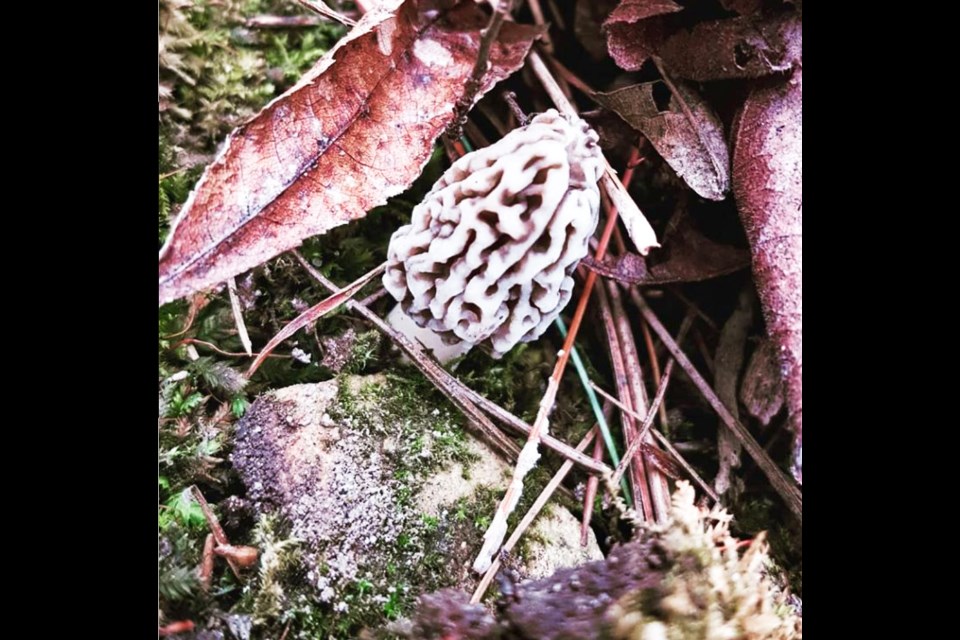There's plenty of reasons people enjoy foraging in Guelph.
“It’s so much fun, it’s like you’re treasure hunting,” said Charlene Downey, a mushroom enthusiast who has been foraging (the act of searching for wild food sources) on and off for 20 years, “And you get to eat it if you got it right.”
With a good field guide on hand, residents can forage in their backyard, driveway or on crown lands. Sometimes, people can also forage in public spaces, if there is no bylaw against it.
“When we’re talking about foraging in general, you want to make sure you’re not foraging on private or (provincial) park lands,” said Downey, “They’ll pop up in your garden, they’ll pop up in your driveway, you just have to know what it looks like.”
Foraging isn’t a new practice, but it is an activity that has been growing in popularity. On Facebook, over 800 residents have joined a group called ‘Guelph foragers’ to share information on identifying and preparing different types of plants, fruits, mushrooms and more.
“It’s a pretty good group, there are some dedicated people,” said group member, Luke Eckstein, “I find Guelph has a good interest in the outdoors and has a good community network in sharing this information.”
Eckstein is also a biologist and forager who leads mushroom identification workshops with Minga by 10C at 10 Carden Shared Space. After several years, he notes more people are asking about his workshop over workshops about learning to find edible plants.
However, Eckstein adds there are fewer forested areas in Southern Ontario than Northern Ontario, and makes a point during his workshops to explain that people take only what they need.
“People just need to be aware of treading lightly and to not leave garbage behind, and just being respectful as they can when they’re out there.”
Matt Soltys, an urban orchardist and forager in Guelph, also notes there are not many places in Guelph that can support continuous harvesting.
“For me and my friends, it’s a way to know our land, protect the land we live and interact with, in a respectable way, and one way to do that is to take a small part,” he said.
Forager Graham Nasby agrees that foragers should be cautious and respectful of their environment.
“You don’t take everything, you take a little bit and leave some so the plants aren’t damaged,” said Nasby, “If an area is heavily picked, you don’t go there, you go somewhere else.”
For anyone who is interested in trying to forage, foragers also suggest picking plants, fungus and fruits with no lookalike, and to always triple and quadruple check the things you find before eating them.
“Once you’ve messed up a couple of times, you really don’t want to do it again, it is not pleasant,” said Downey.
Soltys, who once led wild plant walks at the Guelph Outdoor School, also encourages people to start small when learning to identify edible species.
“It’s actually a good process to learn the poisonous ones first, and when you learn the poisonous ones, you learn there’s not that many of them, and you’re not afraid of them once you know how to identify them,” he said.
Downey can confidently identify 20 types of mushrooms and possibly 20 more, but is always learning one or two new ones each year.
“I’m still learning because there’s thousands of them, and I may never know all of them,” she said, “and that’s the cool part to me.”



